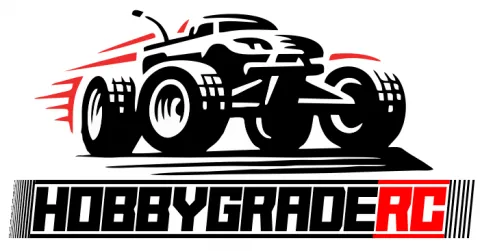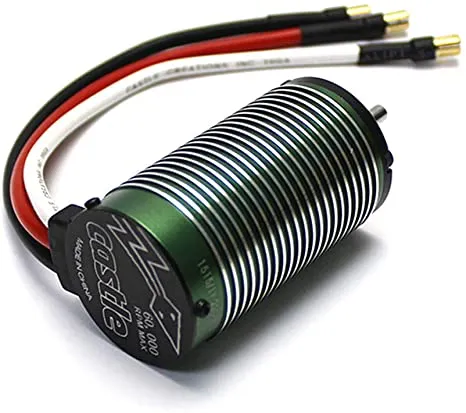Table of Contents
How do sensored brushless motors work?
Sensored brushless motors are brushless motors with positional sensors in them. These positional sensors feedback positional information to the controller which can then be used to ensure the drive pattern delivered to the controller syncs perfectly with the rotor position.
Different sensored motors may have sensors set up in different ways so it is important to always be aware of this when setting up a controller but typically these are arranged at either 60 degree or 120 degree intervals.
Advantages of a Sensored Brushless Motor
The main advantage of sensored motors is that they create a closed loop system which can enable the controller to know the rotor position and hence sync the drive pattern up very accurately. The downsides of these motors it that they are completely reliant on the sensors in order to function correctly so in applications where there may be a lot of dust, vibration or moisture they can (depending on the build quality of the motor) fail as a result of sensor performance.
Disadvantages of a Sensored Brushless Motor
Can you run a sensored motor sensorless?
How do sensorless brushless motors work?
Sensorless brushless motors are quite simply, brushless motors without built in sensors. Sensorless brushless motors require a sensorless brushless motor controller (sometimes referred to as a brushless electronic speed controller or ESC) in order to work. A sensored brushless DC (BLDC) motor controller will not work with a sensorless brushless motor.
On the face of it it would therefore seem logical that sensorless brushless motors are only able to operate in open loop because there are no in built sensors. However, this is not entirely the case. The reason this is not the case is down to an electrical concept known as back-electromotive force (or back-EMF).
A typical sensorless brushless motor has permanent magnets fixed on the rotor with the electro-magnets mounted around the edge of the motor. As the motor picks up speed it starts to generate electro-motive force in the stator coils. As an example, with the unit switched off and the rotor being spun (for example by a bicycle dynamo) this can be used to generate electricity.
The critical aspect of this for sensorless brushless motor control is that the frequency generated by this back-EMF is directly proportional to the speed of the motor. Therefore, if a sensorless brushless motor controller can read this frequency, it can then determine the speed of the motor and adjust the drive pattern accordingly.
Advantages of a Sensorless Brushless motor
Disadvantages of a Sensorless Brushless motor
The critical weakness with this method comes at low speeds where the back-EMF is very weak and therefore hard to read reliably. This is why starting up a sensorless brushless motor can be such an issue.
difference between sensored and sensorless brushless motors
can you use a sensored esc with a sensorless motor
How do you reverse a sensored brushless motor
How does a Sensored brushless motor work in comparison to a Sensorless Brushless Motor? Inside a sensored motor, as the name implies, there are sensors that are positioned within the motor to send rotor position information back to the ESC. in a sensorless brushless motors, the ESC relies on what’s referred to as back emf. Back EMF is actually a voltage “Signal” that’s sent back to the ESC so as to work out the position of the rotor. Advantages of a Sensored Brushless Motor include smooth transition from slow speeds. Sensored motors also are ready to produce an excellent amount of torque right at zero RPM. Sensored motors may contain a temperature probe that’s located on the sensor board. during this case you’re ready to log motor temperature counting on the ESC and its capability. Advantages of a Sensorless Brushless motor include having the ability to work alright at high speeds. So well actually that some sensored setups have a hybrid mode that operates in sensorless synchronization at high speed. Added reliability of the system generally is true when the additional sensors and components are eliminated. Applications of Sensored and Sensorless Brushless Motors Rock Crawlers are an ideal example of a kind of RC car that has got to use a sensored setup. Other RC applications like RC boats, airplanes, helicopters and drones don’t require sensored motors. actually a sensorless motor work alright . Can a Sensored Motor work with a Sensorless ESC A sensored motor operating on a sensorless ESC is totally possible. Expect the motor to behave very similar to a sensorless motor.


